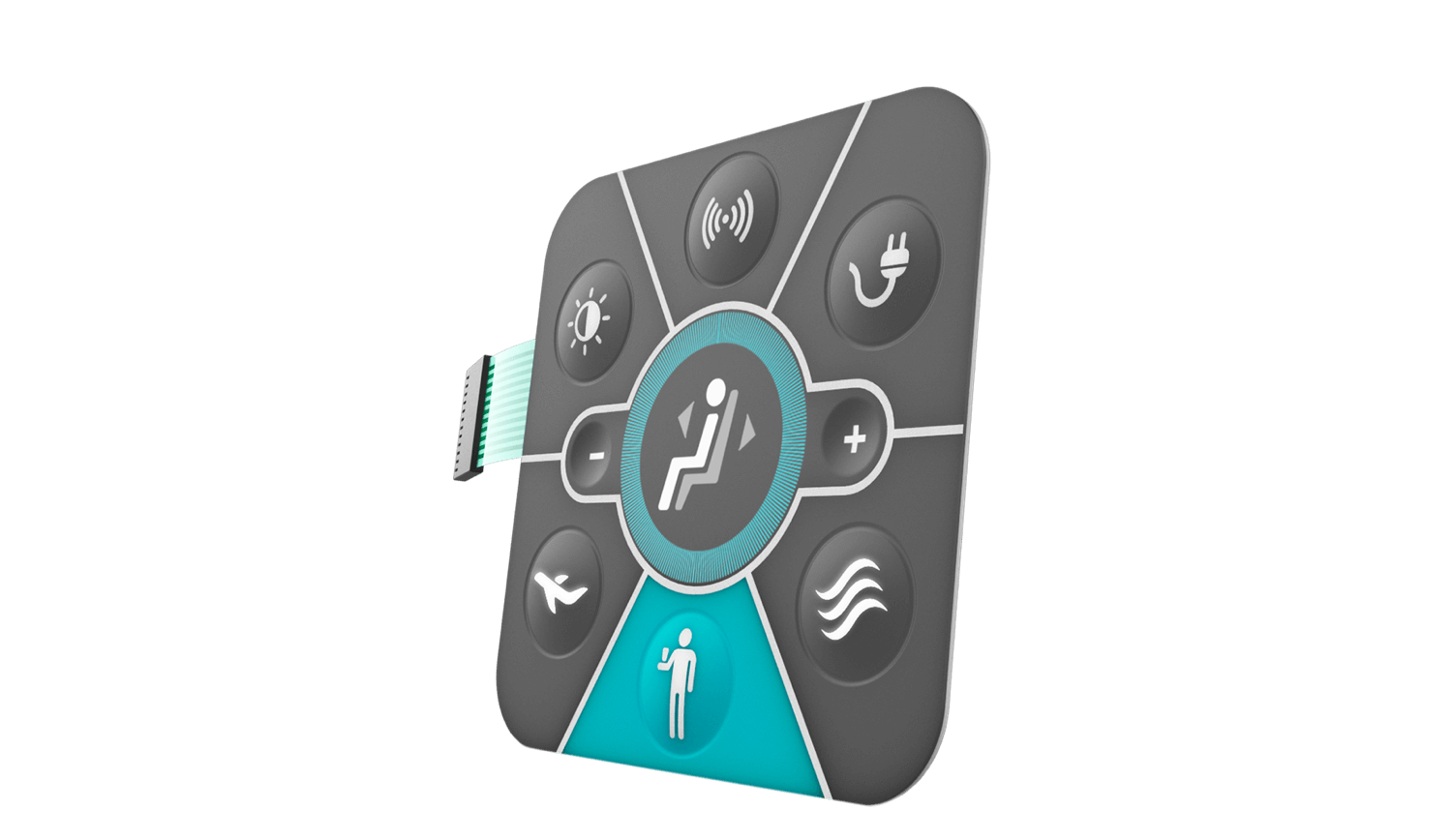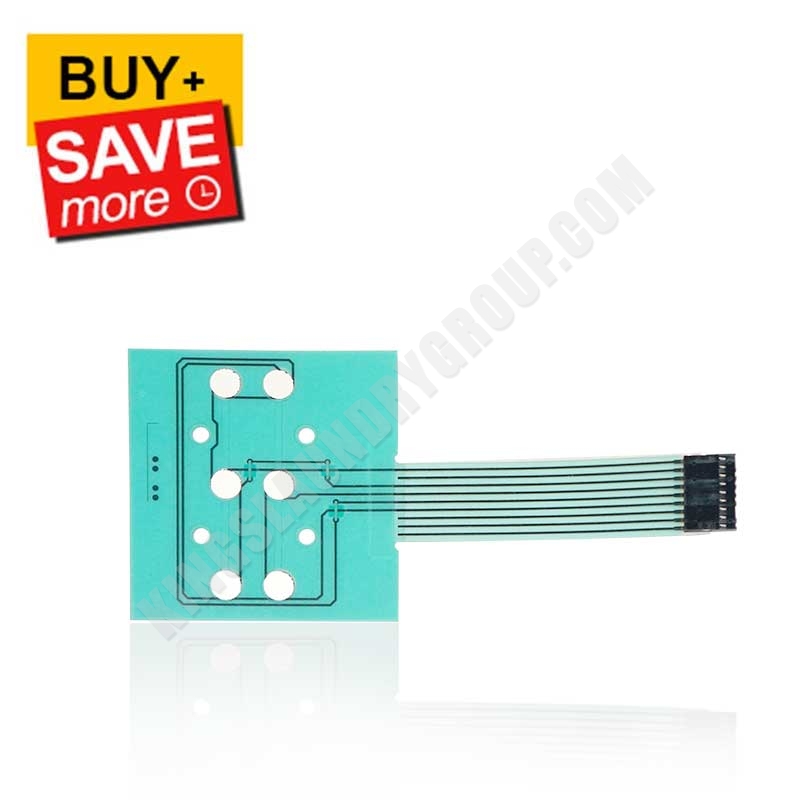Understanding the Capability of Membrane Layer Switches for Interface Instruments
The capability of membrane switches over represents a considerable innovation in customer interface design, integrating effectiveness with aesthetic adaptability. As industries progressively focus on user experience, comprehending the nuances of membrane switch modern technology ends up being necessary.
What Are Membrane Switches?
Membrane switches are ingenious interface tools that assist in individual interaction with digital devices. These flexible components are composed of numerous layers, consisting of a visuals overlay, spacer, and a published circuit layer. The style permits for a smooth integration right into various digital devices, enhancing both the visual and practical elements of interface.
Membrane buttons are generally utilized in a wide variety of applications, from home appliances to commercial machinery and clinical tools. Their building and construction generally features a slim profile, making them an ideal option for compact layouts. The tactile feedback given by these switches can be crafted to meet specific customer preferences, making sure effective interaction in between the user and the tool.
Resilience is one more significant benefit of membrane buttons, as they are resistant to dirt, dampness, and chemicals, which boosts their lifespan in demanding environments. In addition, these switches can be tailored in terms of form, dimension, and graphic design, permitting branding and user-specific features. On the whole, membrane layer switches represent a sensible solution for boosting user experience in electronic devices, combining functionality with aesthetic charm in an efficient fashion.
Exactly How Membrane Layer Switches Over Work
Operating on a simple concept, membrane switches over utilize a split building to sign up individual input properly. Each switch contains numerous layers, including a published circuit layer, a spacer layer, and a leading visuals layer, which are made to interact seamlessly. When an individual presses the leading layer, it presses the spacer layer, bringing the conductive aspects of the circuit layer into call with each other.
This get in touch with develops a shut circuit, signifying the device to execute a specific function. The style permits various setups, consisting of responsive comments, which can enhance the user experience by giving a physical sensation upon activation. The materials utilized in membrane buttons usually consist of adaptable substratums, such as polyester or polycarbonate, which make sure durability and durability against wear and tear.

Key Advantages of Membrane Layer Buttons

An additional significant advantage is their density. Membrane switches are slim and light-weight, which enables suppliers to save space in their gadgets without sacrificing capability. This attribute is especially helpful in applications where weight and volume are critical factors to consider.
Furthermore, membrane buttons are immune to dirt, moisture, and chemicals, improving their durability. This strength extends their life-span and decreases the need for constant replacements, resulting in price savings gradually.
Moreover, the tactile responses provided by membrane buttons can be optimized to boost user communication. They can consist of attributes such as raised buttons or distinct clicks, boosting functionality and customer experience.
Applications Throughout Industries
Interface tools utilizing membrane switches prevail in a broad array of sectors, showcasing their flexibility and functionality. Membrane Switch. In the medical field, membrane switches are essential to tools such as analysis devices and individual surveillance systems, where their resilience and convenience of cleaning are vital for preserving hygiene standards. Likewise, in the automobile sector, these buttons are employed in dashboard controls and infotainment systems, offering a sleek and modern interface for individuals.
Moreover, the customer electronic devices field take advantage of membrane layer buttons in devices and handheld devices, where portable style and straightforward user interfaces boost individual experience. Industrial applications also utilize membrane layer switches over for control panels in equipment and automation systems, stressing their toughness and resistance to severe environments.
In the aerospace and defense markets, membrane buttons are used in cockpit controls and devices, where dependability and performance under severe conditions are critical. Additionally, the video gaming industry significantly includes membrane switches in controllers and game equipments, adding to an interesting customer experience. Generally, the adaptability of membrane layer changes allows their extensive usage across numerous fields, emphasizing their significance in modern-day interface layout.
Future Patterns in Membrane Layer Change Technology

Furthermore, making use of innovative materials, such as polycarbonate and polyester films, is anticipated to climb, giving improved durability and resistance to ecological stressors. These products add to the overall longevity of membrane layer switches, making them appropriate for harsher commercial applications.
Furthermore, the unification of smart technology, including IoT connectivity, will make it possible for membrane layer switches to communicate with other gadgets and systems, assisting in an extra interactive customer experience. This fad lines up with the growing demand for smart gadgets across different sectors, from health care to customer electronics.
Last page but not least, customization options are anticipated to expand, allowing manufacturers to develop bespoke solutions tailored to particular individual needs and choices. These advancements will certainly position membrane switches as essential elements in the evolution of interface innovation.
Final Thought
In verdict, membrane layer switches represent a critical innovation in user interface technology, using a reputable and functional option for diverse digital applications. As improvements in product scientific research and touch sensing innovations proceed, the capability and applicability of membrane layer switches are expected to increase, strengthening their importance in contemporary electronic tools.